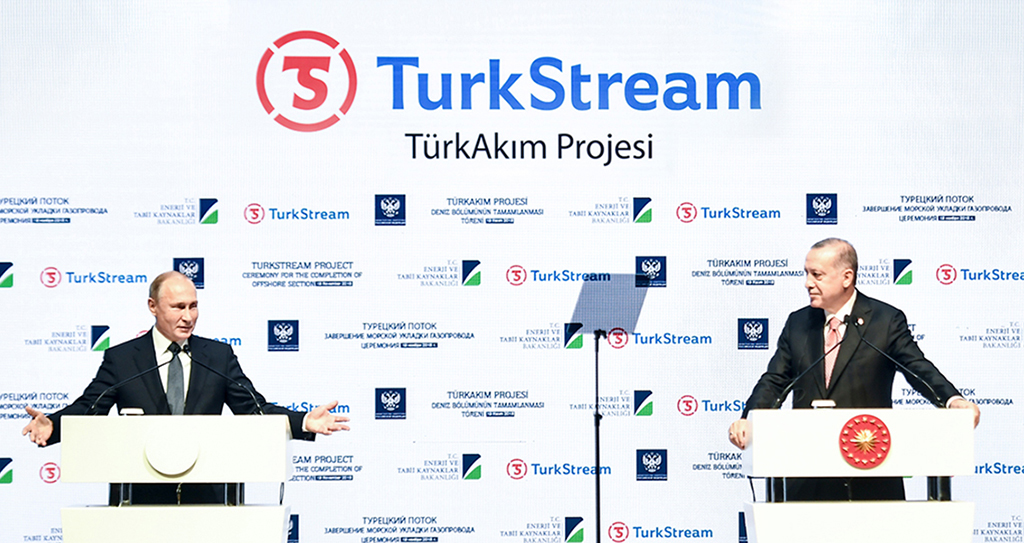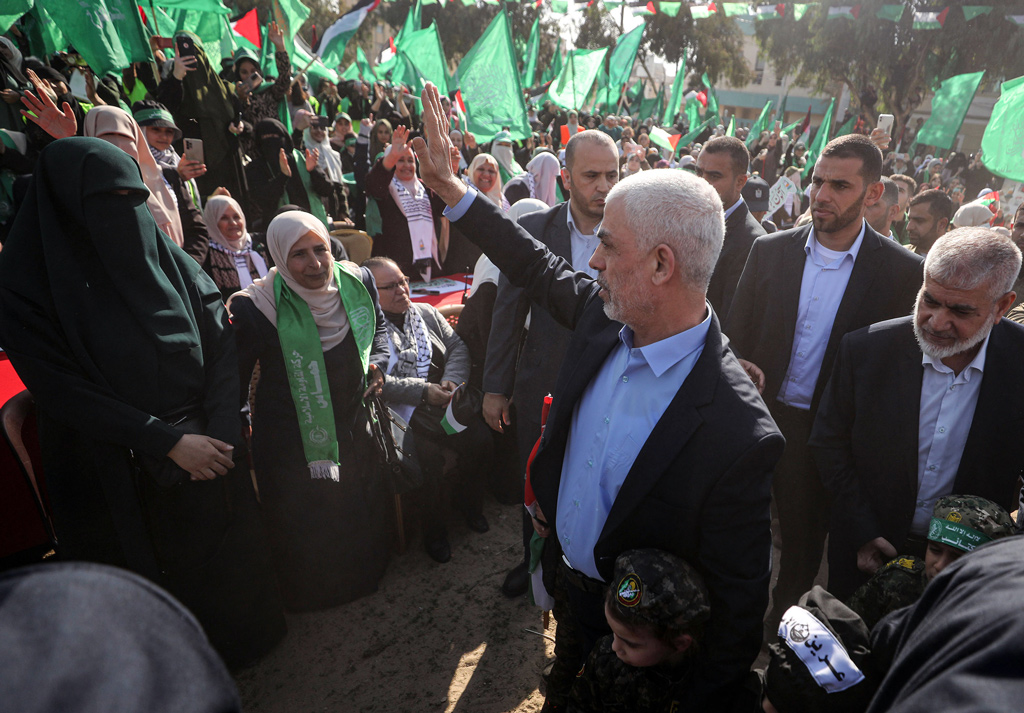
The New Dimension of the Turkey-Russia Energy Cooperation TurkStream
TurkStream substantially contributes to bringing to the foreground an aspect of energy sources that strengthens cooperation and provides economic benefit rather than conflict.
The TurkStream gas pipeline project carrying natural gas from Russia to Europe via Turkey was inaugurated on January 8, 2020. The commencement of the pipeline’s activity is considered a turning point in Turkish-Russian relations in the energy field. TurkStream, which consists of twin pipes each carrying 15.75 billion cubic meters (bcm) of natural gas, sets an important route for southern and southeastern Europe, in particular. With this project, Russia will transfer gas to Europe through Turkey for the first time. Previously, natural gas was transferred to Turkey via the West Line. From now on, however, TurkStream will transfer natural gas directly to Turkey via the first pipe, and at the same time, it will provide southern Europe with Russian gas via the second pipe, thus forming a new route to the European Union (EU) countries via Turkey. Hence, TurkStream strengthens Turkey’s position as a country that contributes to the EU’s energy security.
Owing to its geographical location, Turkey takes on the critical task of transferring energy mainly from the Caspian Basin and the Middle East to energy markets. Turkey is geographically located at the center of Europe, Russia, the Caspian Basin, the Middle East, and the Eastern Mediterranean, and its importance has become more evident with (pipeline) projects such as TurkStream and TANAP (Trans-Anatolian Natural Gas Pipeline Project). Turkey emerges as a key regional actor and increases its capacity and capability in the global energy markets. As a result, the changing energy geopolitics of Eurasia strengthen Turkey’s position as an energy actor.
Tags »
Related Articles








